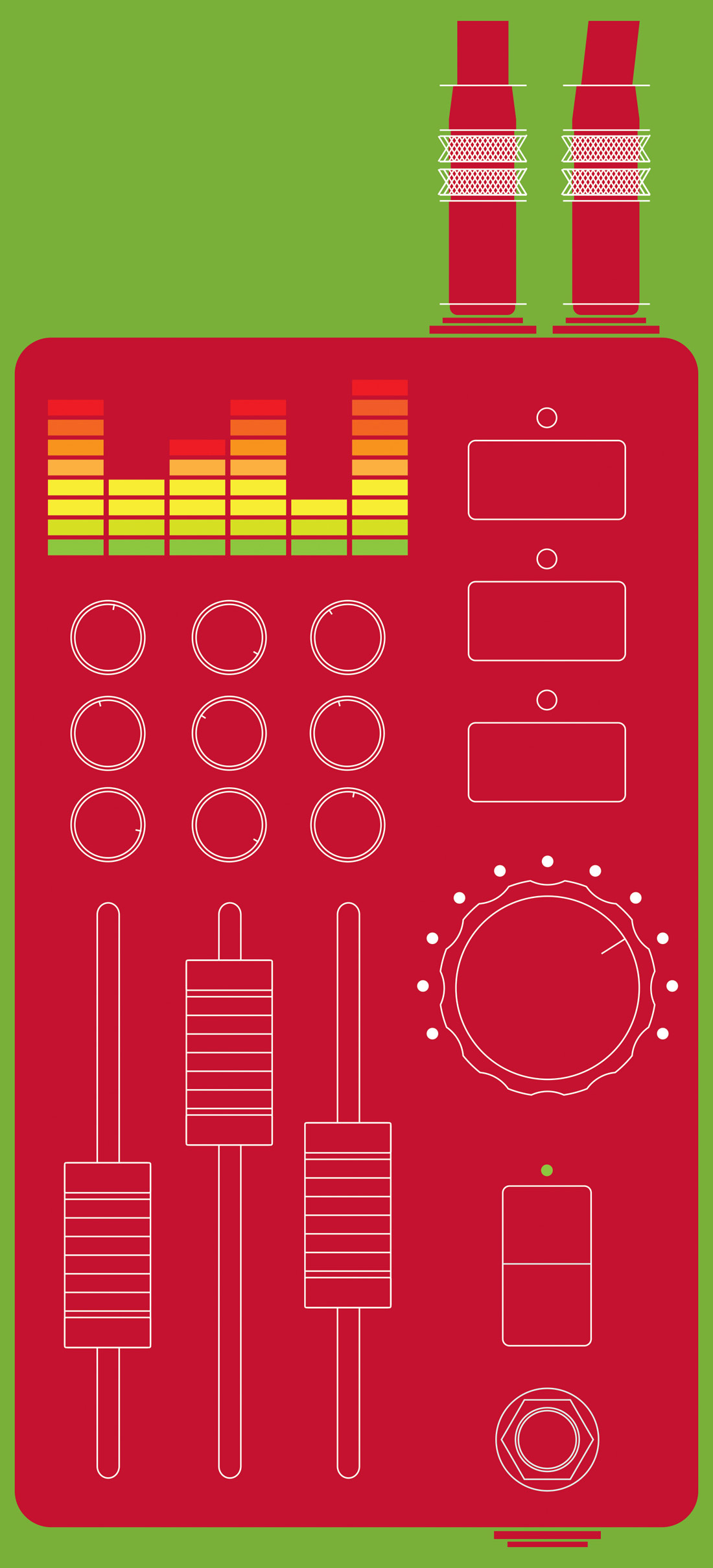The Boss's first seven Columbia albums are included in this eight CD box, newly remastered and packaged in miniature LP covers (also available as an LP or Mastered for iTunes). Mastering ace Bob Ludwig [see page 54] worked from original master media. For the masters that were on analog tape, the transfer used Jamie Howarth's Plangent Process (Tape Op #94) which recovers and locks to the bias signal, eliminating most of the mechanical artifacts of tape transports. The remasters impacted by Plangent are the first four albums (Greetings From Asbury Park, N.J. through Darkness on the Edge of Town) and Nebraska. The River was mixed to Sony 1600 digital (as proudly noted on the original LP cover) and Born In the U.S.A. was also mixed to digital.
Sony's release announcement says: "Five albums are 'remastered... for the first time ever on CD," meaning this is the first reissue since the original 1980's CDs were out. Born to Run and Darkness... received deluxe CD/DVD reissues in more recent years. Ludwig said he worked with 96 kHz, 24-bit files after the Plangent transfer and did his work in the digital domain. He transferred to 24-bit for the digital albums.
The first two albums, Greetings... and The Wild, The Innocent and the E Street Shuffle, -recorded at Brooks Arthur's 914 Studio in Blauvelt, NY - sound better than the original LPs (which are indistinct and treble-shy) and CDs (which sound like what they are - quickie dubs into early-era CD mastering systems). Springsteen was a fine songwriter from the get-go; his arrangements and lyrical scope were very ambitious for a young buck from the Jersey shore.
Born to Run still might stand as Springsteen's best album, as far as songwriting and coherent musical vision. But this version sounds similar to the 30th Anniversary three-disc reissue, with the Plangent Process bringing out a few more details in the percussion and reverb. It was recorded mostly at The Record Plant in NYC. It's not actually such a great-sounding album so don't expect miracles. Still, I would have preferred less midrange and more dynamics. The CBS Mastersound gold CD from the early '90s is less crunched, but the tonal quality of the new remaster is better. The original LP is a dark mud-fest. The ideal sound would be the Mastersound dynamics with the Plangent clarity, as well as the tonal balance of this new version, minus a couple dB in the midrange.
Darkness on the Edge of Town has tonal qualities similar to the decent sounding original LP, but more midrange (for better or worse). The dynamics are slightly crunched, so it's more in your face, as the original CD sounded washed out. It's a hard-rocking follow-up to Born to Run, recorded at The Record Plant in NYC.
The River and Born in the U.S.A. are improvements over the original CDs. They sound modern, with punchy bass and vocals that are close and detailed. These albums - mostly recorded at The Power Station (now Avatar Studios) in NYC - were huge hits, and the remasters refresh the sound to something closer to what was heard in the control room.
The gem in this box is Nebraska. Recorded on a cassette 4-track Tascam 144 Portastudio, it was mixed to cassette on a Panasonic boombox and backed up to a 30 ips, 1/2-inch, 2-track. Plangent eliminated the artifacts of the 1/2-inch tape, so now we're left with what came out of the Portastudio, with some expert EQ tweaking by Ludwig. This album is a great collection of songs, realized by Springsteen solo (no E Street Band). And it's never sounded better. (brucespringsteen.net)




_disp_horizontal_bw.jpg)